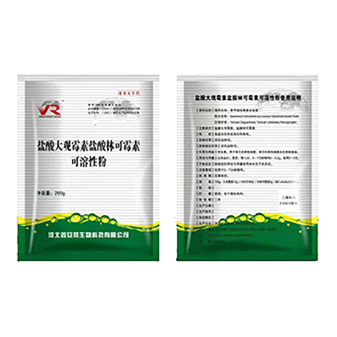- Afrikaans
- Albanian
- Amharic
- Arabic
- Armenian
- Azerbaijani
- Basque
- Belarusian
- Bengali
- Bosnian
- Bulgarian
- Catalan
- Cebuano
- Corsican
- Croatian
- Czech
- Danish
- Dutch
- English
- Esperanto
- Estonian
- Finnish
- French
- Frisian
- Galician
- Georgian
- German
- Greek
- Gujarati
- Haitian Creole
- hausa
- hawaiian
- Hebrew
- Hindi
- Miao
- Hungarian
- Icelandic
- igbo
- Indonesian
- irish
- Italian
- Japanese
- Javanese
- Kannada
- kazakh
- Khmer
- Rwandese
- Korean
- Kurdish
- Kyrgyz
- Lao
- Latin
- Latvian
- Lithuanian
- Luxembourgish
- Macedonian
- Malgashi
- Malay
- Malayalam
- Maltese
- Maori
- Marathi
- Mongolian
- Myanmar
- Nepali
- Norwegian
- Norwegian
- Occitan
- Pashto
- Persian
- Polish
- Portuguese
- Punjabi
- Romanian
- Russian
- Samoan
- Scottish Gaelic
- Serbian
- Sesotho
- Shona
- Sindhi
- Sinhala
- Slovak
- Slovenian
- Somali
- Spanish
- Sundanese
- Swahili
- Swedish
- Tagalog
- Tajik
- Tamil
- Tatar
- Telugu
- Thai
- Turkish
- Turkmen
- Ukrainian
- Urdu
- Uighur
- Uzbek
- Vietnamese
- Welsh
- Bantu
- Yiddish
- Yoruba
- Zulu
Noy . 21, 2024 00:24 Back to list
colistin sulphate
The Role of Colistin Sulphate in Modern Medicine A Double-Edged Sword
Colistin sulphate, a polymyxin antibiotic, has gained significant attention in recent years due to its use as a last-resort treatment for multidrug-resistant infections. Originally discovered in the 1940s, colistin was largely abandoned in the 1970s due to its nephrotoxic effects and the development of more effective antibiotics. However, with the rise of antibiotic resistance, particularly among Gram-negative bacteria such as *Escherichia coli* and *Pseudomonas aeruginosa*, colistin has made a resurgence in clinical practice.
Colistin acts by disrupting the bacterial cell membrane, leading to cell death
. This mechanism is particularly effective against certain resistant strains, making it an invaluable asset in treating infections caused by pathogens that are resistant to conventional antibiotics. In this regard, colistin sulphate serves as a critical tool in the antibiotic armamentarium, especially for patients with severe infections who have limited treatment options.Despite its effectiveness, the use of colistin sulphate is accompanied by significant risks. One of the primary concerns is its nephrotoxic potential, which can lead to acute kidney injury in susceptible patients. Consequently, healthcare providers must weigh the benefits and risks when considering colistin as a treatment option. Dosing adjustments and careful monitoring of renal function are essential to mitigate these risks, especially in critically ill patients.
colistin sulphate

Moreover, the resurgence of colistin has spurred discussions regarding the broader issue of antibiotic resistance. The overuse and misuse of antibiotics in both human medicine and agriculture have contributed to the rise of resistant strains. This alarming trend underscores the importance of stewardship programs aimed at preserving the efficacy of existing antibiotics, including colistin. As more resistant bacteria emerge, the healthcare community must prioritize research and development of new antibiotics and alternative therapies.
In veterinary medicine, colistin is sometimes used as a growth promoter in livestock. This practice raises additional concerns, as it can lead to the development of antibiotic-resistant bacteria that may transfer to humans through the food chain. Regulatory bodies are increasingly scrutinizing the use of antibiotics in agriculture to mitigate these risks.
In conclusion, colistin sulphate serves a critical role in the landscape of modern medicine, particularly in the face of rising antibiotic resistance. While it offers hope for treating difficult infections, its potential for serious side effects and contribution to the broader issue of resistance cannot be overlooked. The future of colistin and similar antibiotics hinges on responsible use, vigilant monitoring, and innovative approaches to combatting bacterial resistance.
-
Guide to Oxytetracycline Injection
NewsMar.27,2025
-
Guide to Colistin Sulphate
NewsMar.27,2025
-
Gentamicin Sulfate: Uses, Price, And Key Information
NewsMar.27,2025
-
Enrofloxacin Injection: Uses, Price, And Supplier Information
NewsMar.27,2025
-
Dexamethasone Sodium Phosphate Injection: Uses, Price, And Key Information
NewsMar.27,2025
-
Albendazole Tablet: Uses, Dosage, Cost, And Key Information
NewsMar.27,2025













